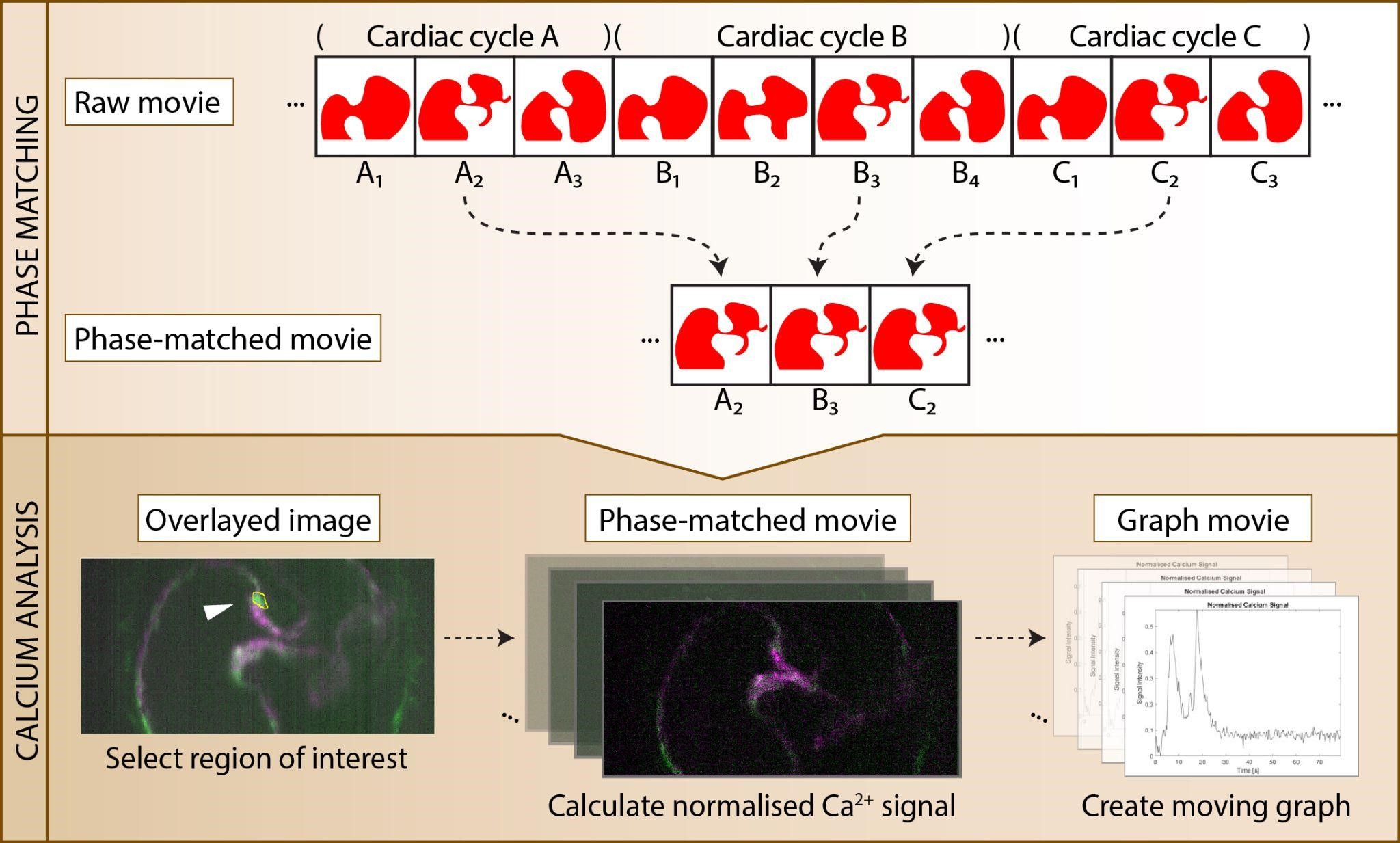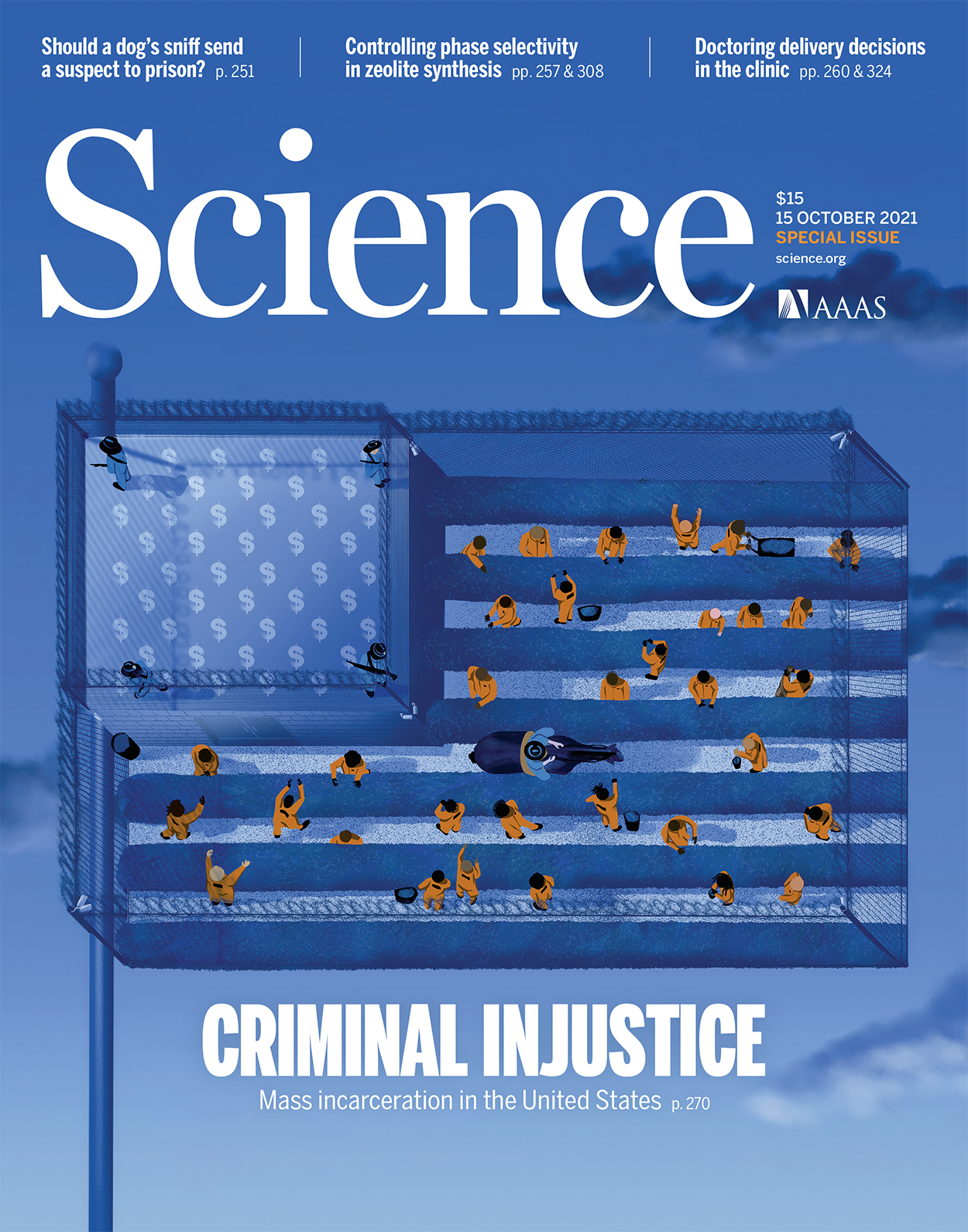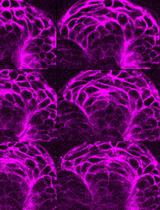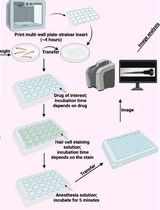- EN - English
- CN - 中文
Calcium Signal Analysis in the Zebrafish Heart via Phase Matching of the Cardiac Cycle
通过心动周期相位匹配分析斑马鱼心脏的钙信号
发布: 2024年05月20日第14卷第10期 DOI: 10.21769/BioProtoc.4989 浏览次数: 2435
评审: Alberto RissoneAnonymous reviewer(s)
Abstract
Calcium signalling in the endocardium is critical for heart valve development. Calcium ion pulses in the endocardium are generated in response to mechanical forces due to blood flow and can be visualised in the beating zebrafish heart using a genetically encoded calcium indicator such as GCaMP7a. Analysing these pulses is challenging because of the rapid movement of the heart during heartbeat. This protocol outlines an imaging analysis method used to phase-match the cardiac cycle in single z-slice movies of the beating heart, allowing easy measurement of the calcium signal.
Key features
• Software to synchronise and analyse frames from movies of the beating heart corresponding to a user-defined phase of the cardiac cycle.
• Software to measure the fluorescence intensity of the beating heart corresponding to a user-defined region of interest.
Keywords: Software development (软件开发)Graphical overview

Background
The heart begins to beat early during morphogenesis [1]. While most studies on heart development have been performed in fixed tissue samples or in vitro, the development of the heart is regulated by the heartbeat and blood flow [2], and a full understanding of heart development requires performing studies in the beating heart.
Thanks to its transparency, the zebrafish embryo provides an excellent model to study heart development in vivo [3]. Using the Tg(fli1a:galff);(uas:GCaMP7a) zebrafish line, we recently demonstrated that mechanoresponsive calcium signals in valve endothelial cells are present from the earliest stages of valve formation and persist until functional valve leaflets are formed [4]. Calcium signal analysis in single z-slice movies of the beating heart is challenged by the way cells move both within and outside the image plane during heartbeat and the fact that the heart rate can change over the course of imaging. Since there was no readily available software to analyse calcium signals in the beating heart, we developed our own. This protocol provides step-by-step instructions on how to use the software, which can be used to further study calcium signalling in the developing heart or easily adapted for the analysis of other imaging data containing recurring events.
Our image analysis method involves the use of two MATLAB applications developed in our lab as well as FIJI [5], an open-source image processing package based on ImageJ2. The Phase Matching MATLAB application utilises the structural similarity score [6] to select frames corresponding to a particular phase in the cardiac cycle. The output of the Phase Matching application is a phase-matched movie with minimal cardiac cell movement. The Calcium Analysis MATLAB application reads the phase-matched movie and measures the normalised calcium signal intensity over time in a user-defined region of interest (ROI). FIJI is used to manipulate image stacks and to combine animated graphs of the normalised calcium signal with the phase-matched image data.
Equipment
Operating system: Windows 7 or later version, Mac OS X 10.8 or later, Ubuntu 12.04 LTS or later
RAM: 4 GB (8 GB+ recommended)
Disk: 128 GB
Software and datasets
FIJI 2.7.0 or later (https://fiji.sc/)
MATLAB R2014a or later (https://www.mathworks.com/products/matlab.html)
Note: MATLAB is a licensed software by MathWorks; for those who do not have MATLAB leave/licence, we provide a stand-alone executable for the Windows platform. For other platforms, we recommend using the open-source package Octave (https://octave.org)
All data and codes are available on GitHub (https://github.com/HeartValveLab/CalciumAnalysis)
Procedure
文章信息
版权信息
© 2024 The Author(s); This is an open access article under the CC BY-NC license (https://creativecommons.org/licenses/by-nc/4.0/).
如何引用
Readers should cite both the Bio-protocol article and the original research article where this protocol was used:
- Zhang, R. J., Vermot, J., Gherardi, R., Fukui, H. and Chow, R. W. (2024). Calcium Signal Analysis in the Zebrafish Heart via Phase Matching of the Cardiac Cycle. Bio-protocol 14(10): e4989. DOI: 10.21769/BioProtoc.4989.
- Fukui, H., Chow, R. W., Xie, J., Foo, Y. Y., Yap, C. H., Minc, N., Mochizuki, N. and Vermot, J. (2021). Bioelectric signaling and the control of cardiac cell identity in response to mechanical forces. Science 374(6565): 351–354.
分类
发育生物学 > 细胞信号传导 > 细胞内钙
细胞生物学 > 细胞成像 > 活细胞成像
您对这篇实验方法有问题吗?
在此处发布您的问题,我们将邀请本文作者来回答。同时,我们会将您的问题发布到Bio-protocol Exchange,以便寻求社区成员的帮助。
提问指南
+ 问题描述
写下详细的问题描述,包括所有有助于他人回答您问题的信息(例如实验过程、条件和相关图像等)。
Share
Bluesky
X
Copy link













